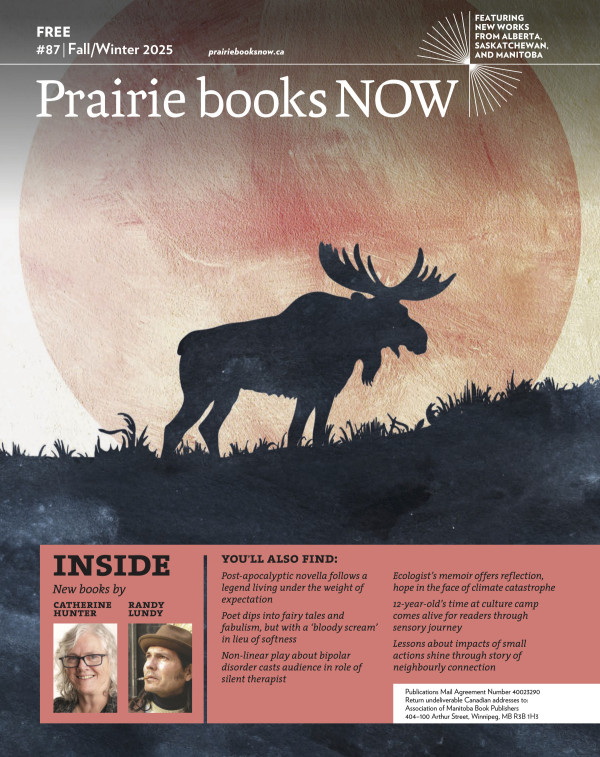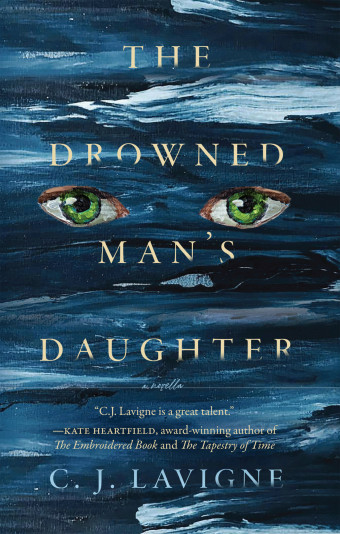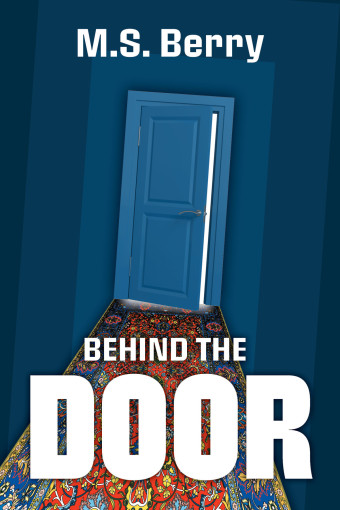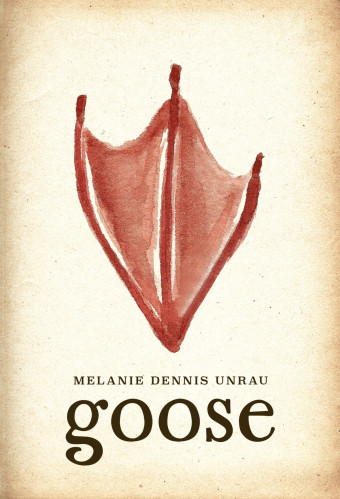In her debut short fiction collection, Half-Wild and Other Stories of Encounter, Emily Paskevics takes her characters – mothers, daughters, fathers, sisters – into wilderness settings such as forests, rivers, marshes, lakes, and islands, where they lose themselves and/or find what they’ve been missing.
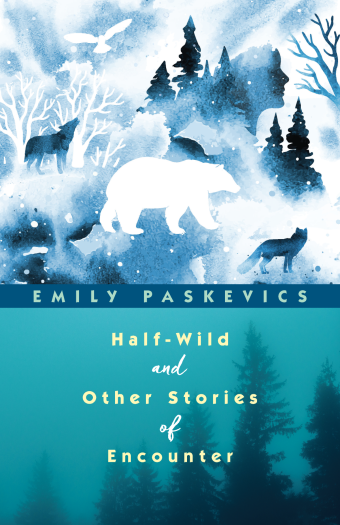
- Half-Wild and Other Stories of Encounter
- Emily Paskevics
- Thistledown Press
- $24.95 Paperback, 156 pages
- ISBN: 978-17-71872-48-5
Paskevics’s strong stories, which have been in the making for 10 years, unite families, teach growing daughters, find missing links, and heal trauma, all while reconnecting characters to the land. Half-Wild and Other Stories of Encounter evokes the spirit of the land, what used to be and what is left of nature in this time of irrevocable environmental change.
Paskevics, a graduate of the Humber School for Writers who currently divides her time between Toronto and Montreal, says that the ideas society holds about nature together with her own direct experiences with what is called the natural world have been a point of creative tension that directs her writing.
As she was growing up, her family was constantly going back and forth between the city and more remote regions. Paskevics says that the cabins and mobile homes in the woods or at the edges of swamps that appear in the collection are very real places that have had a major impact on her and her writing. But her experience of nature is deeper than that.
“I’d suggest that we all grow up around nature; I don’t mean this in a precious or romanticized way, but we’re in a very real exchange and ongoing negotiation with nature all the time,” she says.
Paskevics, in most of the stories, fictionalized or reimagined animals that she has encountered. In the story “Daughters,” where Anya takes her daughters into the wilderness to tell them the unbelievable story of her encounter with a mountain lion, and in “Half-Wild,” with its elusive wolverine, she strayed further from her experiences. Instead, she used these animals to explore the idea of ghost species in a landscape, which are either extinct or no longer living in the ecosystem they once inhabited.
_crop_800_807_90.jpg)
In other stories, like “Wild Girls,” the connection between the forest and humans comes to the forefront.
The stories also address issues surrounding trauma. In the story “Bear Bones,” a grieving father creates a story to help himself deal with the loss of his daughter so that she’s not hanging in that agonizing and liminal place of “missing.” Anya, in “Daughters,” attempts to heal from her traumatic experience by telling her story to her daughters.
Inherited knowledge is important in the collection, and Paskevics says that the intergenerational exchanges she is drawing upon take place among non-Indigenous settler Canadians living on stolen land.
Her grandparents, for example, were displaced from their village in Latvia after the Second World War. “They carried certain practices or skills with them when they came to Canada as refugees: small-game hunting, gardening, beekeeping, animal tracking. They eventually re-engaged with some of these practices in their new ecological context here and passed them on as hobbies or interests through the next generations,” she says.
“They also passed on a kind of mentality that you should always have a place where you can hide if you need to, and that’s usually where the forest comes in.”

